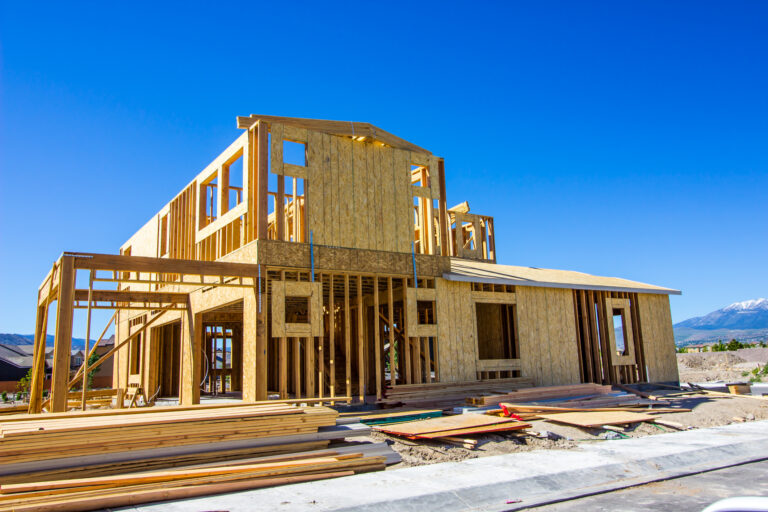This Week in Real Estate – 5th March 2022

Flood Impacts Expected To Be Brief
Property experts believe South-East Queensland’s flood crisis will have little long-term impact on the property market.
National buyers’ agent Pete Wargent says the immediate focus will be safety, repairs and insurance but over the medium and longer-term there will be little impact on the housing market.
“In the aftermath of the 2011 flooding, there was a modest downturn in prices, although the market was already experiencing relatively flat conditions at that time, after a preceding boom,” he says.
Within five years of the 2011 floods Brisbane house prices increased by 25%.
Wargent says there are always buyers prepared to buy within areas which have the potential to flood, particularly if the price is right.
BuyersBuyers CEO Doron Peleg says floods soon become a distant memory to buyers.
“A few years ago, our market research showed that out the top 20 suburbs impacted by floods in 2011, 19 of them outperformed the Brisbane house price growth benchmark over the following five years,” he says.
NHFIC Forecasts Housing Shortfall
The Federal Government’s HomeBuilder scheme may have led to a flurry of construction but a new report reveals a potential supply shortfall of more than 160,000 houses in the next decade.
The National Housing Finance and Investment Corporation (NHFIC) report says difficulties in accessing new land and increased demand as a result of the growing economy and net overseas migration means demand is rapidly outpacing supply.
It says state governments need to boost housing supply and identifies particular constraints in Sydney and South-East Queensland.
The report says between 2025 and 2032, Australia will find itself 163,400 homes short of demand with supply expected to fall by a third in four years from 2023.
NHFIC chief executive Nathan Dal Bon says it has been a remarkable 18 months for Australia’s housing markets – with the largest population shock in a century, unprecedented government stimulus, a widespread flight to the regions, and with accelerating house price growth and tightening rental markets impacting housing affordability.
Regional Markets Outshining Cities
Regional property prices are continuing to outperform their capital city counterparts.
CoreLogic figures for February show regional dwelling prices increased 1.6%, compared with 0.3% for the combined capitals.
Over the quarter to the end of February regional prices increased 5.7% compared with 1.8% for the combined capital cities.
She expects buyers in regional areas where affordability has become an issue to turn their attention to units instead of houses.
Official Interest Rate Stays On Hold

Despite constant media speculation of a rise , the Reserve Bank of Australia (RBA) has kept the official cash rate on hold at 0.10% for another month.
David Zammit of Mortgage Choice says although there was not enough wage growth to support a rise in March, strong economic conditions suggest there is potential for an interest rate rise later in the year.
Australian National University Economics Professor Warwick McKibbin had expected several rate rises this year but says that was before the war started in the Ukraine.
“I think the RBA will now sit on their hands longer than they otherwise would have,” McKibbin says.







